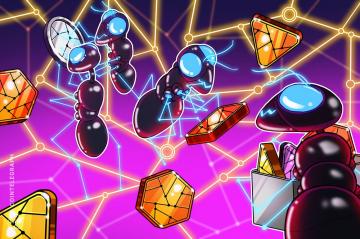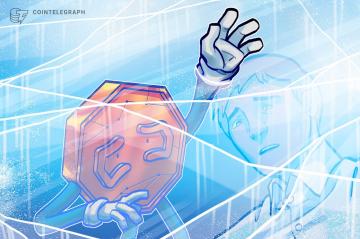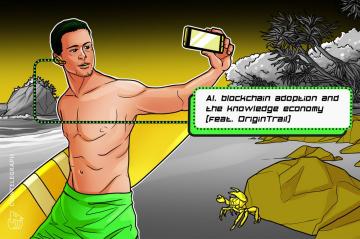Cointelegraph’s director of video production Jackson DuMont dissected stablecoins in the latest episode of Cryptopedia. DuMont also explored and explained algorithmic stablecoins and the recent incident involving the TerraUSD (UST) and why it was unable to maintain its dollar peg.
DuMont defined stablecoins as “a crypto whose value is tied to an outside asset such as the United States Dollar (USD).” According to DuMont, stablecoins are very vital to the crypto industry as they provide users with the ability to store their assets without worrying about the depreciation of the assets’ value. This function is useful in bear markets where there are a lot of uncertainties.
Using Tether (USDT) as an example, DuMont noted that stablecoins are able to maintain their dollar pegs by having equal reserves. He explained that in order for Tether to create or mint any amount of USDT, the company should have an equal amount of USD in its reserves.
Having this collateral exist allows lets USDT users have the ability to exchange their USDT for USD whenever they want. This shows that stablecoins may only be “copies” of the original currency. However, DuMont highlights one of the biggest differences — stablecoins exist on the blockchain.
Related: Cryptopedia: Learn about Web3 and how it aims to transform internet services
Apart from these, DuMont also discussed the topic of algorithmic stablecoins. The filmmaker explained that these stablecoins do not use any crypto or fiat money as their collateral. Instead, these projects use smart contracts and complex algorithms to manage the circulating supply and control the price. According to DuMont:
"When the price of the stablecoin deviates below its peg, tokens are burned from the circulating supply. Conversely, when the price goes above the peg, tokens are minted."In the case of Terra, DuMont explained that the system failed and “crashed the whole market.” Several factors including Terra (LUNA) minting drove UST below its peg and snowballed into driving the price very far below its highs.





























































